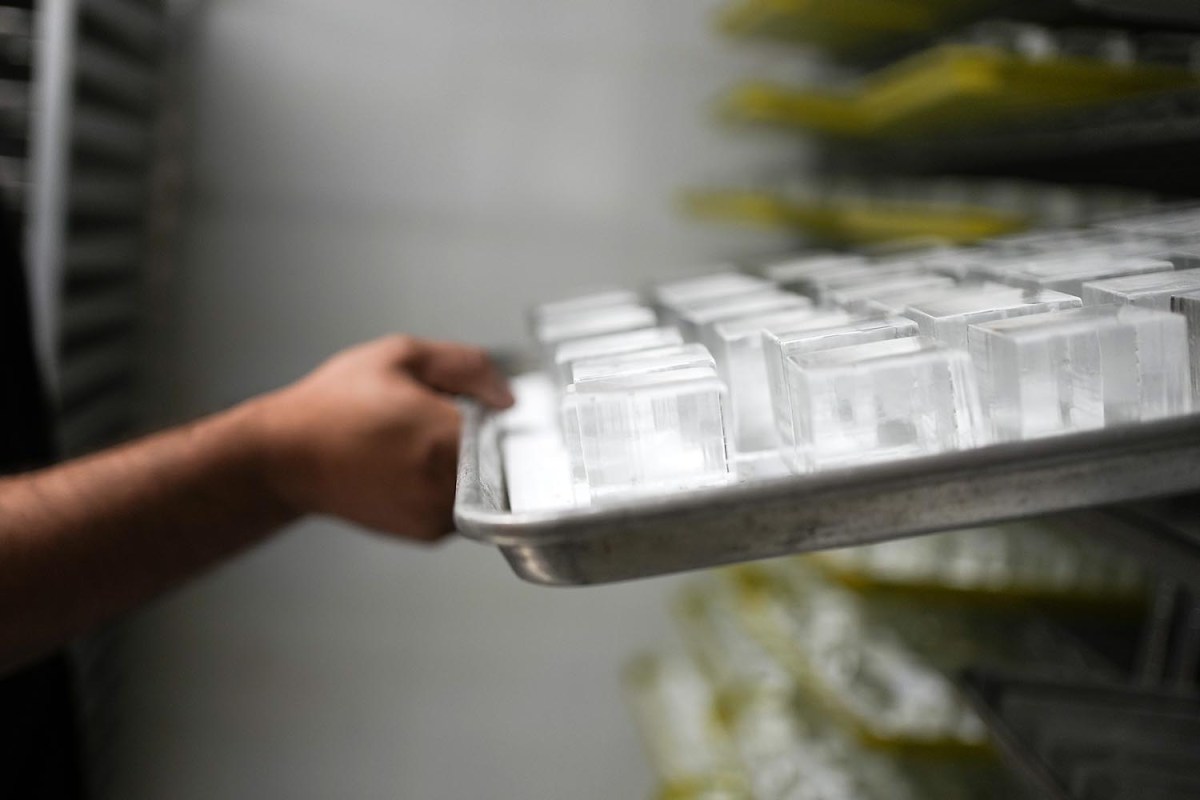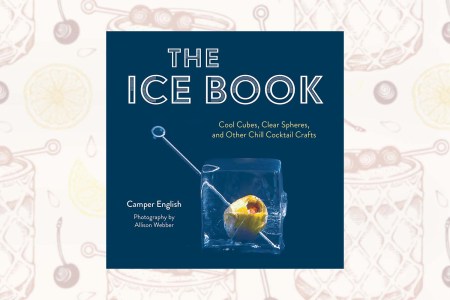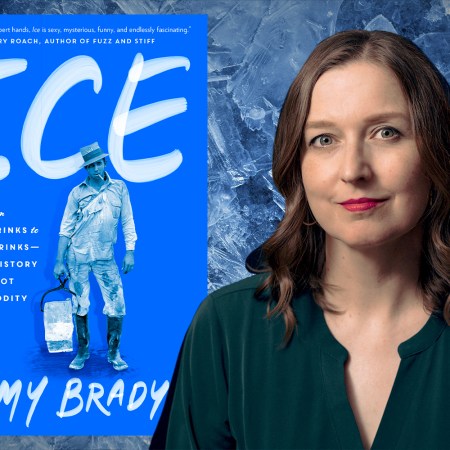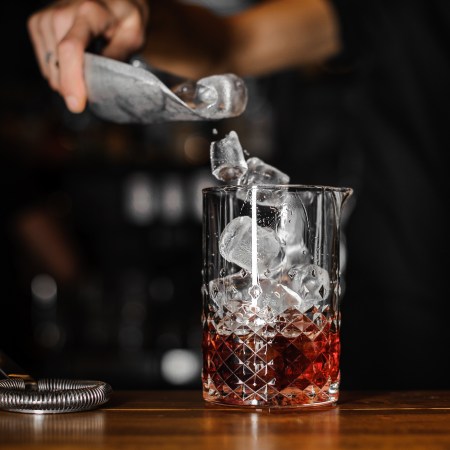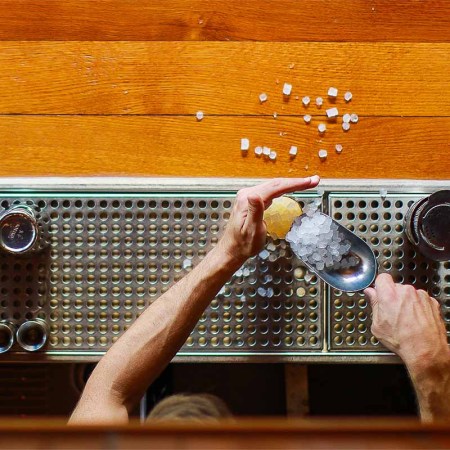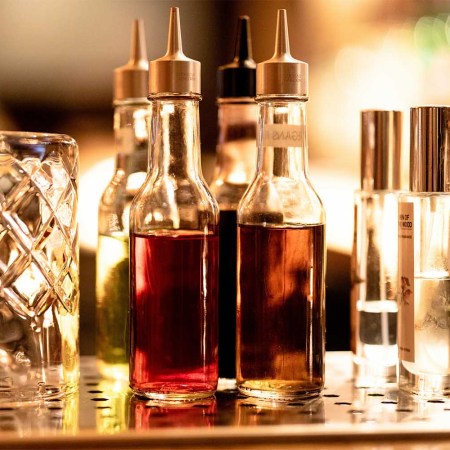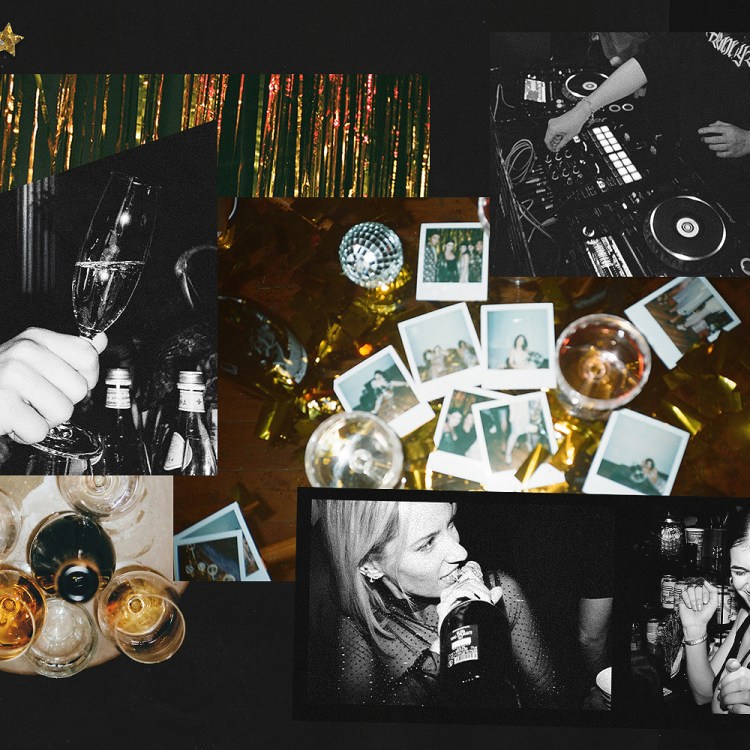When it comes to ice, does size matter? Well, that all depends on the drink. “If you’re serving a slow sipping cocktail, like an Old Fashioned, you want a big block of ice because the dilution is slower,” explains Tom Macy, New York-based cocktail educator and founder of Social Hour Cocktails. “Or if you’re shaking a cocktail and want more aeration to give a drink more foaminess, then you want big cubes, too.”
For some, this kind of technical detail is what the increasingly nerdy world of mixology is all about. In recent years, the cocktail world has become more than a little obsessed, not so much with invention or ingredients as with chunks of frozen water. Much as dealers in diamonds — that metaphoric “ice” — are preoccupied with the “three Cs” of cut, carat and clarity, so dealers in cocktails are likewise microscopically attentive to the cold stuff, some bringing blowtorches, bandsaws, Japanese steel picks and even CNC machines to carve their own.
It’s an obsession that’s catching in the domestic sphere, too: alongside dedicated clear ice makers, LG now offers more than 30 freezer models with a dispenser that can provide you with cubed, crushed or (an industry-first) what the company calls “exclusive, slow-melting Craft Ice.” A Bosch model makes its ice in a pyramid shape, Samsung’s in what it calls “ice bites.”
Maybe it’s been a long time coming: 60 years ago this year saw the issuing of a patent for a device “for the making and harvesting ice using ultrasonic vibrators.” A few years later came one for an ice cube tray using heat-conducting posts to make “substantially clear ice cubes,” and then another that used circulation and purging. But these ill-fated contraptions were intended for commercial use.
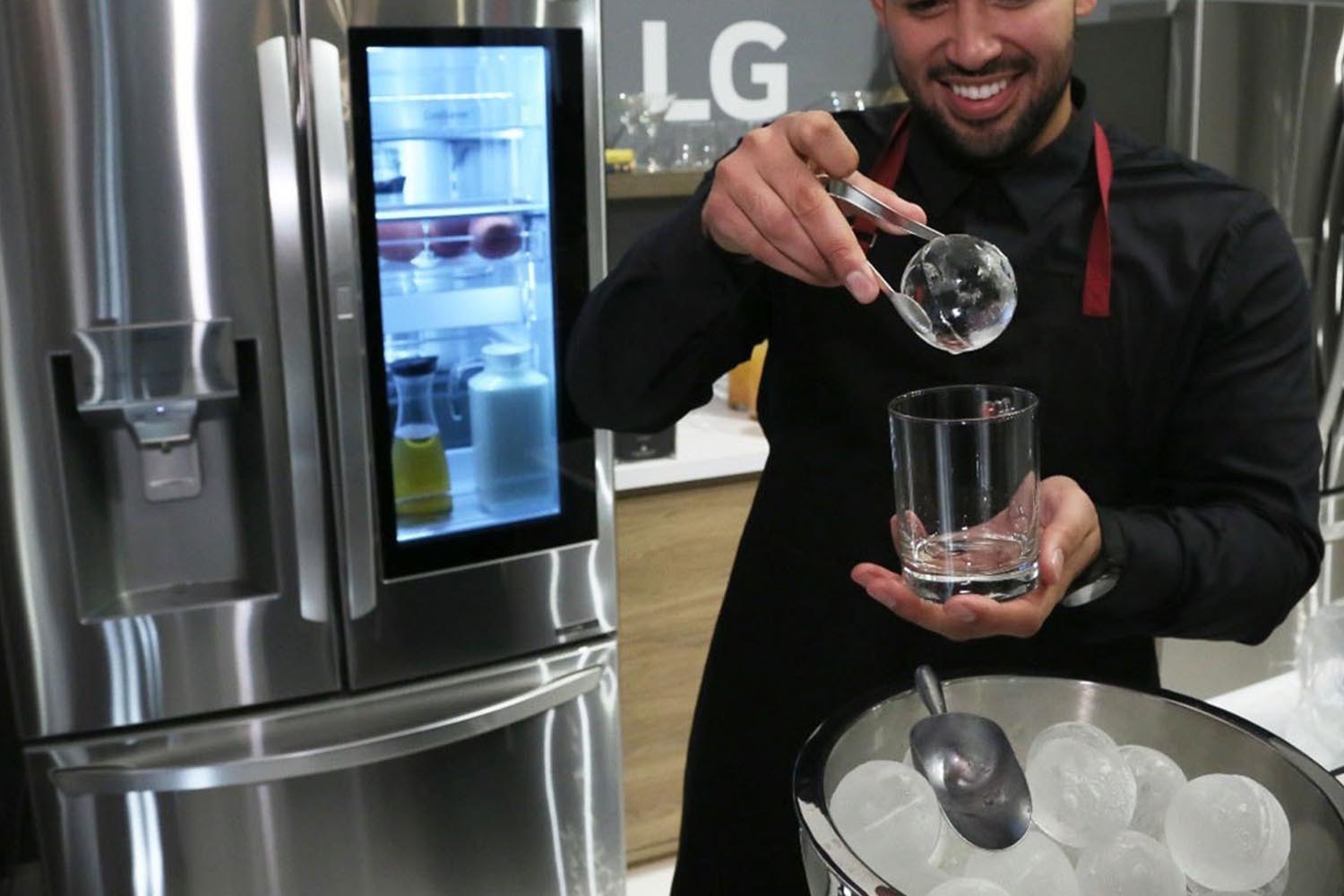
Some 14 years ago, Camper English, founder of cocktail connoisseurs Alcademics and author of The Ice Book, began experimenting with how to make clear ice at home. This kickstarted a trend that, he says, has only been exacerbated through social media and the pandemic’s encouragement of more experimental kitchen bartending. But even he concedes that what started as a niche interest has become a TikTok avalanche. In case you missed it, Instagram just celebrated the 7th annual Clear Ice Week.
“Ice has been an important part of cocktail culture for so long in the U.S., and it’s abundant too, almost so much that people don’t think about options with it,” English says. “I think [the recent emphasis on] ice has mostly become about pursuing a level of aesthetic joy — aesthetics are a big part of what ice in a cocktail is all about, and that does in some way make for a radically different experience. I don’t think the interest in ice needs to go as far as it’s gone, but I don’t see cocktail culture going back on it now either.”
This Is the Ultimate Guide to Clear Ice
“The Ice Book” makes transparency easy for home bartendersThat, arguably, is encouraging the spread of many an icy myth: cloudy ice is not, as some claim, packed full of impurities. Rather, it’s cloudy because the water is frozen quickly and simultaneously from all angles, encouraging the formation of large crystals, whereas clear ice is frozen slowly from one direction, expelling air bubbles along the way. And claims that big cubes chill your drink better because of their surface area isn’t entirely accurate: while they accumulate less surface water than smaller cubes, often a lot of the big cubes’ surface area isn’t even in the liquid you’re drinking, so actually they’re just chilling the atmosphere, not the liquid.
More importantly to businesses, ice culture also makes for spectacular Insta posts. “These cubes are so beautifully clear, they turn a cocktail into a work of art,” says Jonathan Baker, ice fanatic — his Masters in U.S. literature was on “glaciers as metaphor” — and Maine-based founder of ice provider Rime and Floe. “And once one bar is doing it, other bars have to keep up.” He produces around 2,000 cubes a week (using a pool table-sized machine known as a Clinebell) for restaurants the likes of Portland’s Via Vecchia. The interest in artisanal ice has happened faster than he expected.
“I can’t keep up with demand,” Baker says. “I think eventually people will take it for granted — we’ll expect the ice in our cocktails to be given the same thought as the other components. Right now, we’re in a honeymoon period in which most people still haven’t seen clear ice, but the fact is that it instantly raises the perceived quality of a cocktail. Nobody needs clear ice at the local dive bar. But [for more upscale establishments] it changes the narrative.”
Though not without complications: while Baker finds that most bars still won’t pay for clear ice, those that do face the challenge of either absorbing that cost or passing it on to customers. As notes Micah Melton, beverage director at The Aviary in Chicago — which trialed an ice menu a few years ago — the cost of a $1 clear ice cube inevitably gets passed on.
“And I don’t think most consumers, who don’t generally understand what goes into making it, would be too happy to pay, say, $4 extra just for what looks to be big chunks of ice,” Melton says. “Or when they get a drink that seems to be more ice than liquid and think they’re being ripped off. We’re seeing some craziness — ice harvested from glaciers, and so on. Yet [craft ice] is becoming a catch-all approach for every drink, even those that really don’t need it.” In other words, it’s down to bars to use ice judiciously.
So, will peak ice arrive sooner than later? Ice, and certain quantities of ice, obviously has its functional role. In mixing a cocktail, it gives the bartender more control over rates of dilution and maintaining a low temperature. As wasteful as it is, it can be worth using fresh ice for the pour rather than the ice you’ve shaken with.
But the fuss over the clarity of the ice, its cut, the source of the water used to make it, the fact that the ice is dragged by freshly scrubbed polar bears from an ancient arctic floe? Not so much. Macy reckons it’s time we chilled out and returned the emphasis to the bartender’s skill and their use of good ingredients.
“The handling of ice is a way for bars to differentiate themselves, and the skills shown in carving it are super-cool,” Macy says, cautioning that what he’s about to say next is not a popular opinion among his cocktail peers. “But there’s a lot of overstatement about the relevance of ice beyond that. It’s just not the most important thing to focus on. It looks good. But let’s not kid ourselves that ice makes a difference to the taste of a drink, not in the way that, say, using fresh lime juice rather than pasteurized will. People may say, ‘Wow, clear ice is just so much better!’ But in a blind taste test of drinks with clear or cloudy ice, you won’t taste any difference at all.”
Every Thursday, our resident experts see to it that you’re up to date on the latest from the world of drinks. Trend reports, bottle reviews, cocktail recipes and more. Sign up for THE SPILL now.
